What is sustainability and why is it important? How can I help? Is this something that affects everybody? If you have a school project or homework or are just interested in finding out a little more, this resource will help answer some of those questions.
What does sustainability mean?
Sustainability means having a healthy relationship with the natural environment around us. We know that the balance between the natural world/environment and how humans live healthily is important. The land provides a vast number of resources that we need to live including water, wood, plants, animals, fuel (coal, gas), rainforests, climate, materials etc. If we overuse or destroy these materials, we cause environmental problems which leads to problems for us!
Why is it important for us to look after our environment?
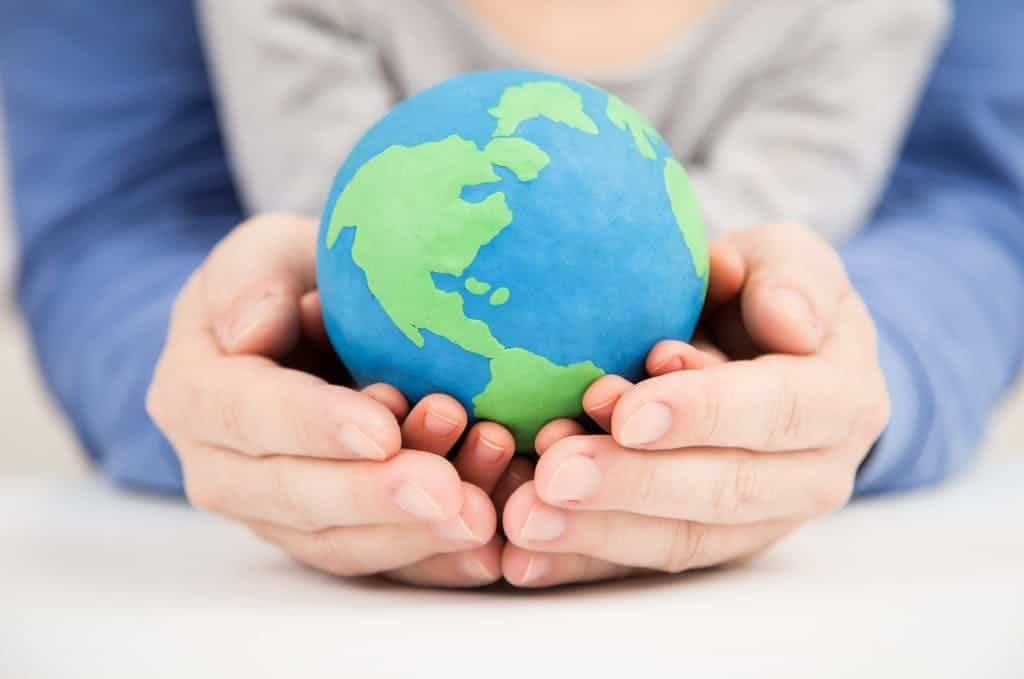
Ultimately, if we don’t look after our natural world, we risk our health. We rely on resources that the earth produces to be able to live. As explained in Endangered Animals Facts for Kids we need to protect our ecosystem. An ecosystem is a habitat with living organisms, including plants and animals, co-existing and creating a healthy environment. Without a healthy ecosystem, we would suffer the effects of poor air quality, dirty drinking water, and unhealthy food chains.
Check out these great recycling stickers for kids!
What can damage the environment?
Many things can damage the world we live in. The National Geographic Society outlines some of the current threats to our environment. These include pollution, wild fires, use of plastics, the destruction of rainforests, littering, oil spills. Over the years many natural disasters have run their course. In Australia, we regularly witness fires and its devastating effects. Animal habitats can be wiped out as a result, and the knock-on effects are vast. It takes a long time for the natural world to recover. Each event can be thought of as a scar to the earth.
Examples of famous environmental disasters
Unfortunately we are able to tell you about a few terrible environmental disasters on planet Earth.
Chernobyl Power Plant
The Chernobyl Power Plant in Ukraine, suffered an accident in 1986 causing huge amounts of radioactive material to be released. This is a huge problem because radioactive material causes cancer. A number of people living closeby were killed. The long-term effects of exposure caused many thousands of children to be diagnosed with thyroid cancer. Animals living in the area were wiped out from eating affected grass and many were born with disabilities/deformities.
The ozone layer has a ‘hole in the earth’
The ozone layer is a protective film of molecules around the earth that offers protection from the sun’s deadly rays. The use of chemicals known as chlorofluorocarbons (CFCs for short) in large quantities was causing the problem. These chemicals were used regularly in aerosol containers. Countries have worked together to limit the use of CFCs and the layer is gradually regenerating. Without this layer, the harmful sun rays can cause illnesses such as cancer.
Oil spills
Sadly. there have been many oil spills. One of the most famous was from the Persian Gulf War in the eighties. Oil was released purposely into the ocean as a weapon of the war. This threatened wildlife in the Persian Gulf for many years.
Ocean rubbish

There are huge vortexes within the ocean known as gyres. These ‘pockets’ of rubbish are collected by the ocean current. Sea creatures can become entangled in the debris such as plastic or rope. They even try to eat some of it. This puts our marine animals at risk which effects the ocean ecosystem.
We love these books about recycling to help kids learn more – click here!
EXAMPLES OF AUSTRALIAN ENVIRONMENTAL PROJECTS
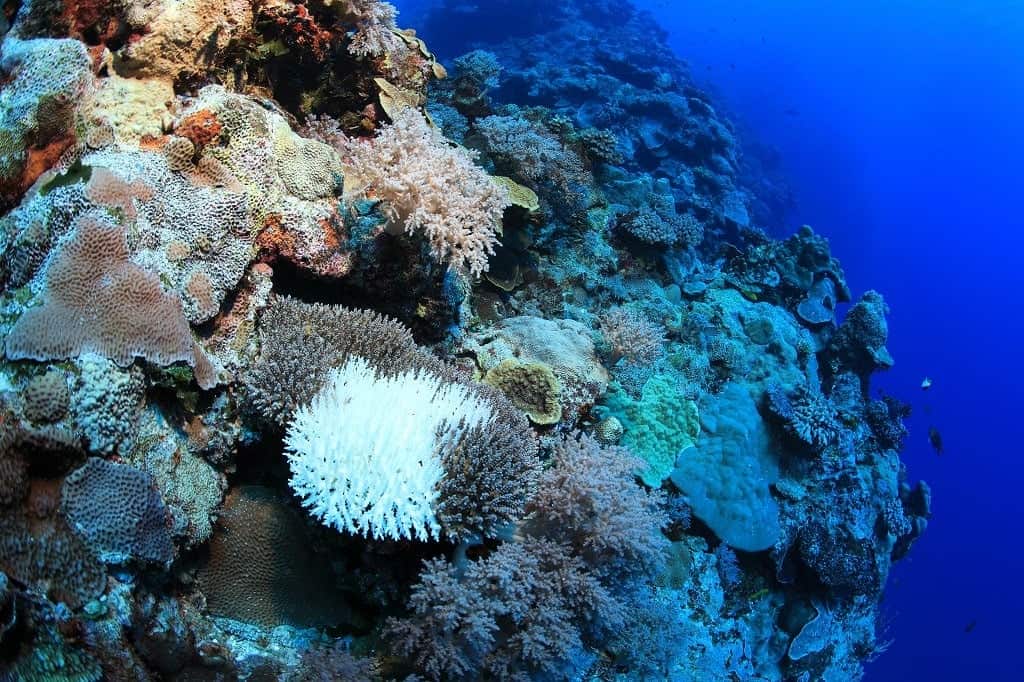
The Great Barrier Reef is arguably the most famous Australian sustainability project. The reef is important for many reasons. Our beautiful reef protects the coastline from damaging weather. Australian weather can be harmful enough, can you imagine what it would be like if the reef was unable to help!
It also protects the wildlife who live in and around the reef. A reef structure filters carbon dioxide which helps slow climate change. It is considered to be an area of such importance that billions of dollars are allocated into projects protecting the reef.
What projects can I get involved in?
What can I do to help? Is there any point in doing anything on a smaller scale? Absolutely! The Australian Conservation Foundation (acf.org.au) is a great way to look up some of the larger projects that Australia or local communities are involved in. From local community projects to donations, to general information. There are any number of projects that you can get involved in.
On a smaller scale, here are just a few that you can do from your own home or school:
Worm Farm
These feisty little creatures are great at naturally breaking down waste. Then it can be used as a fertiliser in your garden.
Plant a tree
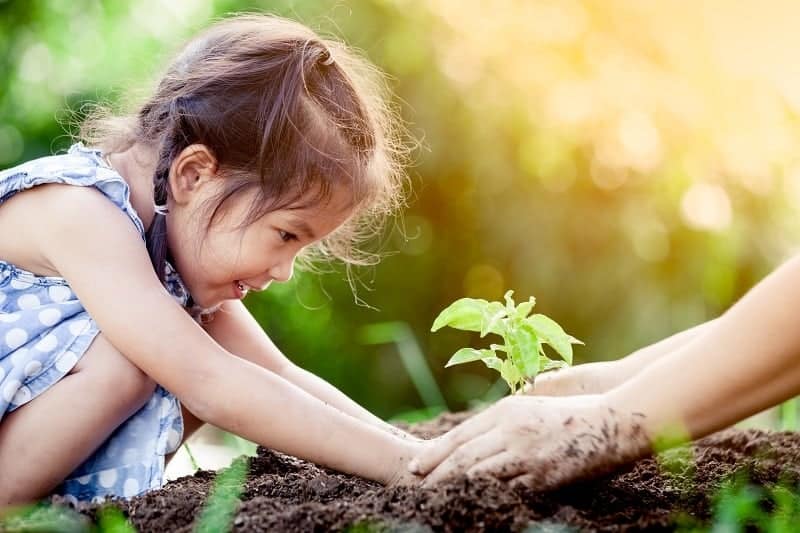
Trees improve air quality due to oxygen production. Other gardening ideas include planting veggies or fruit. Plant flowers to help your local bee population (and environment) and encourage butterflies into your garden.
Recycling materials to make new toys or instruments
Recycling is a great resource. Boxes, containers, paper, old toys, broken items. When put together you may come up with something else that’s useful. Landfill sites (where our general household rubbish is taken) are so full that reusing items rather than throwing them out will help keep our environments healthy.
Recycling materials for collection
Our household rubbish is collected weekly but local Councils encourage us to put certain items in a recycling bin. These specific items are then recycled. The materials are then reused for other items. Many private organisations also offer recycling options. Why not check out your local area to see what you can recycle or set up your own recycling boxes at home. One example are collection points for soft drink cans and bottles (you may even find that some give you cash in return).
Go for a walk and collect litter
There are often local neighbourhoods that hold litter events to clean a particular area such as a park or nature corridor. A fun way to meet others living closeby ad help protect your local environment. Your local wildlife will be forever grateful!
Put a bird table or bird feeder into your back yard
This simple exercise helps local bird life and encourages a healthy environment for them.
Check out this range of bird feeders here.
Garage sale
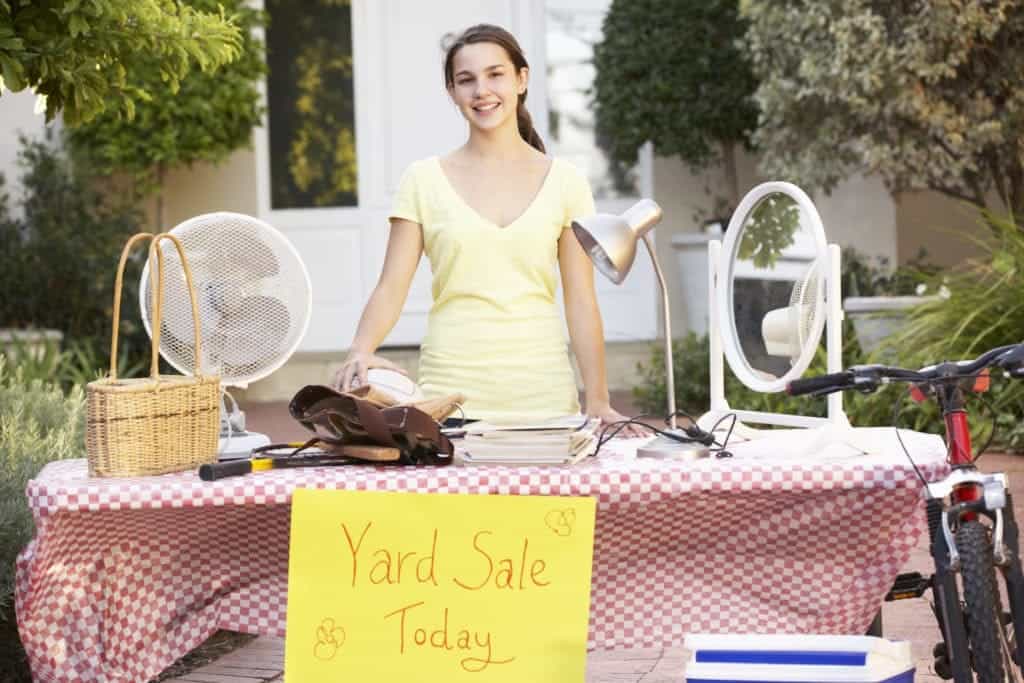
Another useful way to recycle what you no longer want – why not hold a garage sale? Have a clear out of items you no longer want, give them a clean and see if anyone else wants them. Your rubbish becoming a joy to someone else (and it avoids throwing them out).
Learn about plants
Knowing which ones are harmful and which will help provide a healthy environment. Keeping flower beds healthy by digging out weeds (and invasive plants). This, in turn, will be inviting to local wildlife, such as bees, butterflies, birds etc supporting a healthy ecosystem.
You could grown your own herb garden with these cute options.
Where can I get more facts for kids?
There are a number of links throughout the article which is a good place to start. You can research your local area to see what projects you can get involved in. Local councils support a number of initiatives for clean-up projects and recycling – act today and see what you can do to help.
For other FUN FACTS, why not check out Fun Facts for Kids
More facts for kids
If you are looking for more great facts for kids to help with projects, check out our other articles about science:
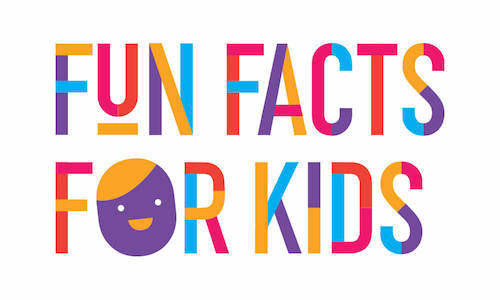
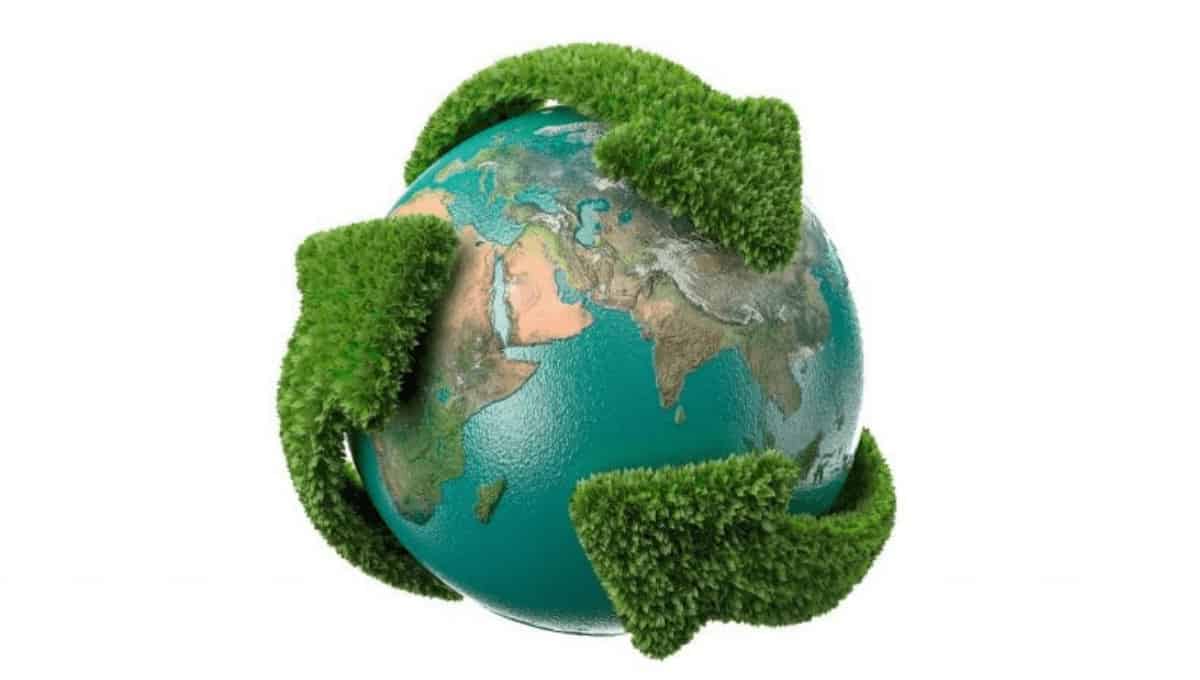
i kwow, the earth is every time getting worse.
the trees are endanged and the earth could explode.
WHY!